| Title | Platform/Version | Time to Beat | Achiev % |
|---|---|---|---|
| Final Fantasy XII | PC (The Zodiac Age) | 64 Hours | 58% |
Intro – Standing on the shoulders of giants
(Please note that this review is going to cover the main story and some of the side content from FFXII, but will be followed up later this year with another post about the optional content as I, as of the time of this writing, have roughly 20-25 hours of optional content remaining for this game and must continue on with the series to finish XIII and XV before the release of XVI in June)
Final Fantasy XII was originally released in 2006, the second entry for the Sony PlayStation 2 console and the follow-up to the well-received MMO Final Fantasy XI. FFXII is a masterpiece of storytelling, set in the rich and diverse nation Ivalice, a world that had previously been explored in the offshoots Final Fantasy Tactics from 1997 and Vagrant Story from 2000. It has memorable characters, epic battles, political intrigue, and a plot that will keep you hooked until the end. The game is not without flaws, some of which were addressed in the 2017 Zodiac Age remaster (which was the version I played), however the modern experience is still great and yet also so frustrating at the same time.
Whimsical vs Cinematic
FFXII is incredibly cinematic, owing nearly every scene and plot point to the behemoths of cinema that came before. While Final Fantasy as a series has always very loudly acknowledged the influences of Star Wars, this entry in particular is very much a love letter to it. The nods and references go far beyond mere borrowed names in FFXII, instead the team at Square wore their adoration for their Sci-fi brethren with pride and made a conscious effort to remind savvy players in nearly every scene how much this game (and series) owe Star Wars. The bombastic orchestrated John Williams-esque soundtrack is filled with motifs that just OOZE the exact style of Star Wars. Furthermore, entire segments of the game line up with the story of Star Wars beat-for-beat, from the introduction of orphans in the desert being dragged along a massive adventure in a ship piloted by a rogueish pirate and his beastly co-pilot, to the meta arc of rescuing a princess from the evil empire and getting her (and the secrets of the empires new super weapon) into the hands of the resistance before it’s all too late. Then, in the finale, we have a massive dogfight between the resistance and the empire while the party secretly boards the enemy ship to deal with the leader of the empire in person, a segment that is almost entirely lifted from the climax of Return of the Jedi.
Now, this is not to say that this is plagiarism, or lacking in originality. No, in fact, it’s far from it. FFXII is one of the great examples of how there are only so many “shapes” of stories, and how good storytelling is more than just the disparate parts coming together. For how much this game owes Star Wars, it also tells a very unique and touching character-driven tale full of intrigue and excitement.
The Gameplay
Okay, so I wanted to start with the gameplay, because not everything is perfect in Final Fantasy XII. The game has some flaws that detract from the experience whenever the player is not in a cutscene. First is the combat system. The game uses a real-time system which means that you can move around freely during battles and issue commands to your characters via a pause menu. You can also use gambits, which are actions that you can pre-set to your characters to essentially customize their AI. For example, you can set a gambit to heal an ally when their HP falls below 50%, or to cast Firaga on any enemy that is weak to fire.
The combat system sounds good on paper, but it has some problems in practice. As I started streaming regularly with this game, I’ve had the opportunity to meet other FFXII streamers, most of whom are speedrunners who adore the game. On the flip side, I’ve also watched other streamers play who have no experience with the gambit system and I even chatted with one for a while about what made it so difficult for him. Look, this system is all black or white. Either you get the programming concepts behind the system, or you don’t. It was a massive risk on Square’s part to require the player to write complex 8-12 level deep “if/then” statements to be able to play the game.
This leads to the experience being that either the combat feels too easy and boring or too obnoxiously difficult. Basically, if you set up your gambits well, you can essentially let the game play itself. You don’t have to do much except watch your characters do their thing, leading to battles feeling repetitive and dull. When I was streaming the last boss, one of my viewers asked about how I could play the game so fast, and then I held up the controller to show that I wasn’t touching a single button. Aside from moving my characters from point A to point B, I hadn’t actually participated meaningfully in a battle for HOURS at that point.
On the other hand, if you don’t set up your gambits well or if you encounter a tough enemy or boss, you can get overwhelmed quickly. You have to constantly pause the game and micromanage your characters’ actions making the battles feel stressful and frustrating. This is compounded with how random fights can be in FFXII. Sometimes you will encounter enemies that are MUCH stronger than all other foes in the area, or ones that have annoying abilities that can wipe out your party in seconds. Sometimes you will miss attacks or spells for no apparent reason or have bad luck with status effects or drops. Other times, you will run into traps or ambushes that can ruin your day which are invisible unless you repeatedly cast the Libra spell over and over. The game also has some difficulty spikes that can’t easily be overcome by simply grinding if you don’t truly understand its intricate inner workings. What this means is that this game is flat out unapproachable to casual players.
This wouldn’t be a big deal if the combat system didn’t affect the gameplay system design in general, but the game has a ton of side quests and optional content that are almost entirely locked behind mastery of its combat. These side quests are from the influences of the MMO genre (which was burgeoning in 2006 after the success of Everquest, FFXI, and most recently at the time, the release of World of Warcraft in late 2004) leading to these quests being hidden or just plain obscure. To experience everything in this game requires an immense amount of backtracking and/or trial-and-error. Some of these quests are also dependent on RNG or have ridiculous requirements that can make you want to pull your hair out (or in my case, what’s left of it, haha). For example, there is a rare monster that requires you to kill 256 enemies in a row without leaving an area or saving your game, or the one that requires you to arbitrarily spend 30 minutes straight in one of the games story dungeons (which usually would only take about 15-20 minutes for a casual player to complete).
On top of all of the above, there’s just… ugh. It’s a failure of quality of life, even in the much-improved 2017 Zodiac Age remaster. The camera follows way too closely to the main character and swinging it around to see what is happening is disorienting at best and maddening at worst when the camera collides with a wall and slides all over the place. There are a million little ways that the experience with the UI gets in the way, such as the inability to sort some inventory types alphabetically, or with general unresponsiveness with actions in the world. Essentially, you always feel like your characters and your intended actions are dangling at the end of a very long rope, and you are just frustratedly tugging away trying to guide them in the right direction from afar, praying for the result you want.
Don’t get me wrong, once you get settled in, you start learning the little timings on things, and you start to “speak” the language of the systems. But a game shouldn’t take 40 hours to feel right, and even then, it comes off as feeling less like a system you’ve grown to appreciate than a system that you’ve learned through pure Stockholm Syndrome.
The Story
As I mentioned in the introduction above, Final Fantasy XII is a classic tale of rebellion against tyranny, with a twist. You play as Vaan, a street urchin who dreams of becoming a sky pirate. Along the way, you meet other characters who join your cause: Ashe, the rightful heir to the throne of Dalmasca; Balthier, the charming and witty sky pirate; Fran, his loyal and mysterious partner; Basch, the disgraced knight who was framed for treason; and Penelo, Vaan’s childhood friend and sister stand-in. Together, they embark on a journey to restore Ashe’s kingdom and stop the evil empire of Archadia from conquering Ivalice.
The story is full of twists and turns, betrayals and alliances, and moments that will make you laugh, cry, and rage. The voice acting is superb, and the dialogue is witty and engaging, in particular Balthier, Fran, and Basch. When you consider how cringey and unintentionally hilarious the voice acting in the previous main-line entry FFX was, it’s incredible how fast the team matured and responded to those criticisms in time for FFXII. The improved voice acting, writing, and the translation of both from Japanese into English led to characters that truly felt well-developed and having complex personalities and motivations leading you to truly grow to love them and care about their fates. The game also has some amazing cutscenes that showcase some absolutely stunning graphics and animation. The world of Ivalice is beautiful and diverse, with different regions and cultures that feel alive and realistic, and along the way you explore deserts, jungles, mountains, cities, dungeons, and more.
Once the adventure moves past the initial introductions and setup of its primary motivators (largely the adoration for the city of Rabanastre in the conquered nation of Dalmasca, and the goals of several groups to liberate it), the story begins to become more personal. We are introduced to the McGuffin of this entry, Nethicite, which is an ultra-powerful weapon that is essentially a stand-in for nuclear weapons. This is where the themes of the game truly start to shine: We get to see the struggles of the oppressed, the pride of the oppressors, and then the story ensures that all of the major sub-plots involve the victims caught in between.
Sure, the Empire is corrupt, and there are some truly evil people at its head… but are all citizens of the Empire bad? No. Do they deserve to die? No. And the Resistance? They are obviously morally just and intend to stop the cruel march of the Empire, however the means by which they consider employing tread on the same grounds as those of the Empire they are trying to stop. Does this make them purely good? No, of course not.
See, in the best of ways, FFXII tells a story that is bombastic and full of pulp action scenes, leaning on tropes so that the audience can easily understand who the characters are and what they stand for. But the more nuanced story beats? They are all morally grey. Each character faces decisions that are just the end result of a series of previous decisions that the character thought correct. Everyone thinks themselves just, and on the right side of history. And the themes of acknowledging a power that is simply too great to be in the hands of man, and at what point one should forego said power (very much mirroring the IRL arms race of the Cold War as the entire world amassed their nuclear weapons and yet were all terrified of ever having to use them) is very aptly done.
And then, yeah, at the end of it all, it’s still a Final Fantasy game, so we get the delicious interweaving of magical, mystical, and supernatural forces all lifted from so many disparate mythologies and cultures. In fact, it’s incredible looking back how this series, and in particular this entry, are able to borrow so much while simultaneously being something entirely its own at the same time.
This story is beautiful, touching, and exciting. It is about all of the above and so much more. It’s about finding family… it’s about losing family… it’s about honor and justice and duty, and it’s about striving to be as good as you can be no matter what mistakes you made in the past.
I cried on stream y’all. The story is GOOD.
Extras & Achievements
-To be covered at a later date-

Final Fantasy Staples Introduced
(Please note that this is not supposed to be an exhaustive list, just those things that I personally noticed and took note of during my playthrough)
- First mainline entry that uses a real-time combat system
- First entry in the series that canonically takes place in the same world as another game (Ivalice from Final Fantasy Tactics/Tactics Advance/Vagrant Story)
- Note: it is heavily implied but never overtly confirmed that the world of FF7 and FFX are one and the same due to storyline implications from FFX-2, however this is more of an easter egg than truly designing a game to be in the same world
- First appearance of Venat and Zodiark (although Zodiark is arguably the same as Zodiac in FFT, released 9 years prior and also set in Ivalice)
- First appearance of staple magic:
- Scathe
Final Thoughts & Score
This is a tough one, because throughout my entire playthrough, I kept saying “omg I love this so much” and “god this writing is incredible, these characters are amazing…” and so on. And on its surface, I think that there’s some really interesting stuff here from a gameplay perspective too. As a game designer, I think it’s really interesting how Square took the risk of essentially requiring their players to “code” each characters AI.
That being said, the missteps are just too numerous. There are elements, CORE elements, that just irk me about playing through this game. The over-reliance on RNG, particularly with the loot systems is just obnoxious. Additionally, the game somehow feels too big and too small at the same time, a feat that is frustrating to acknowledge when you consider how apparent it is that an enormous amount of love and care went into the design of every location. Lastly, the downright frustrating UI and small design decisions (such as the timing between casts/attacks where the player cannot loot a treasure) just bring the entire experience down for me.
Without the absolutely incredible writing, story, voice acting, and graphical work, this game would probably be a 4/10 from me just looking at the core gameplay itself. Those other elements are all a 10/10 though, and I find myself just wishing that there was an anime adaptation (or live action television series!) of the story that could give us all of what’s incredible here without the pseudo-mmo gameplay systems that plague the spaces between the story scenes.
I recommend watching a let’s-play of this game’s story, 100%. But I do not recommend actually playing this game unless you absolutely know what you are getting into in advance. What a tough game to review, but what a special experience finishing it.









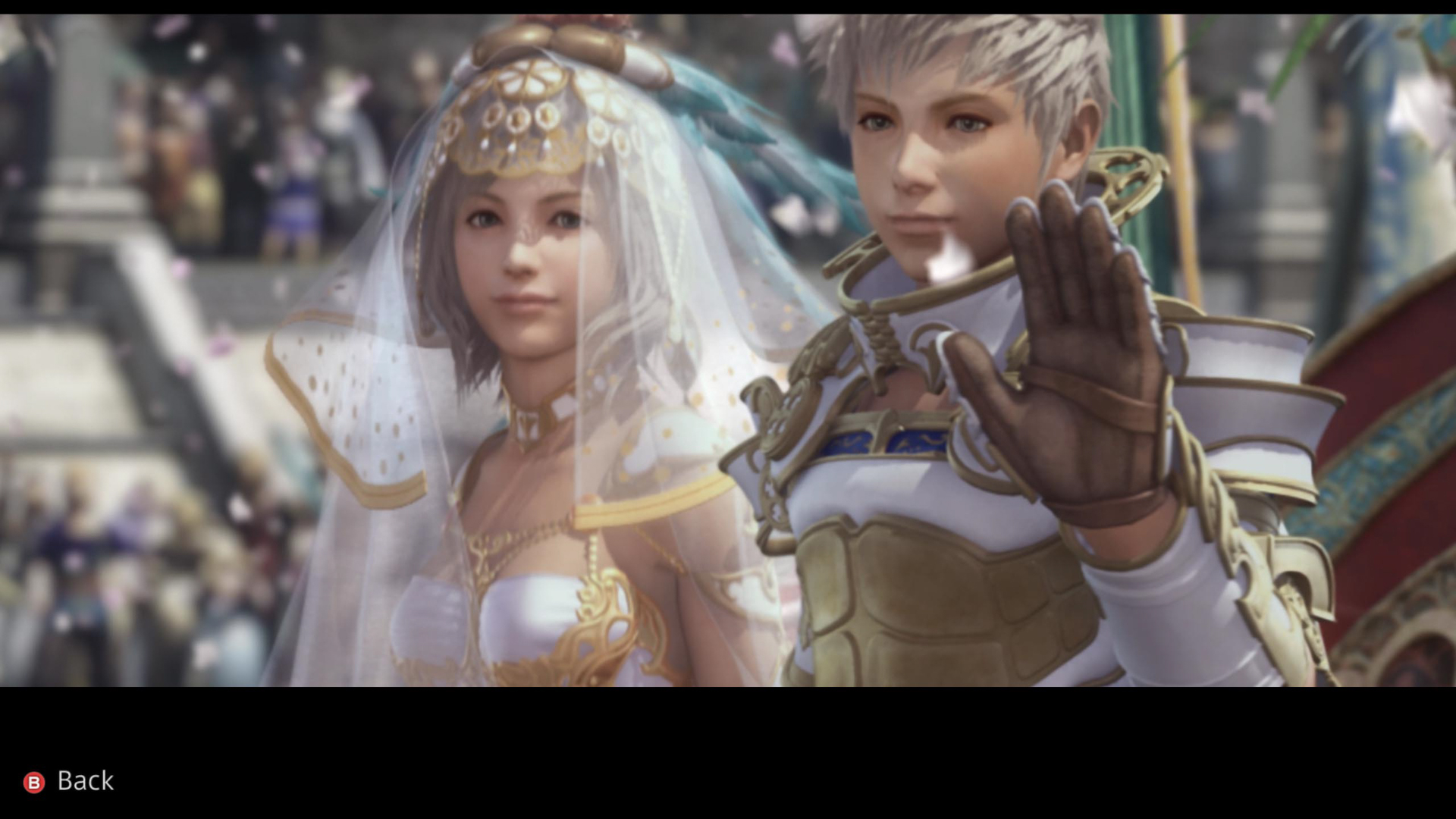












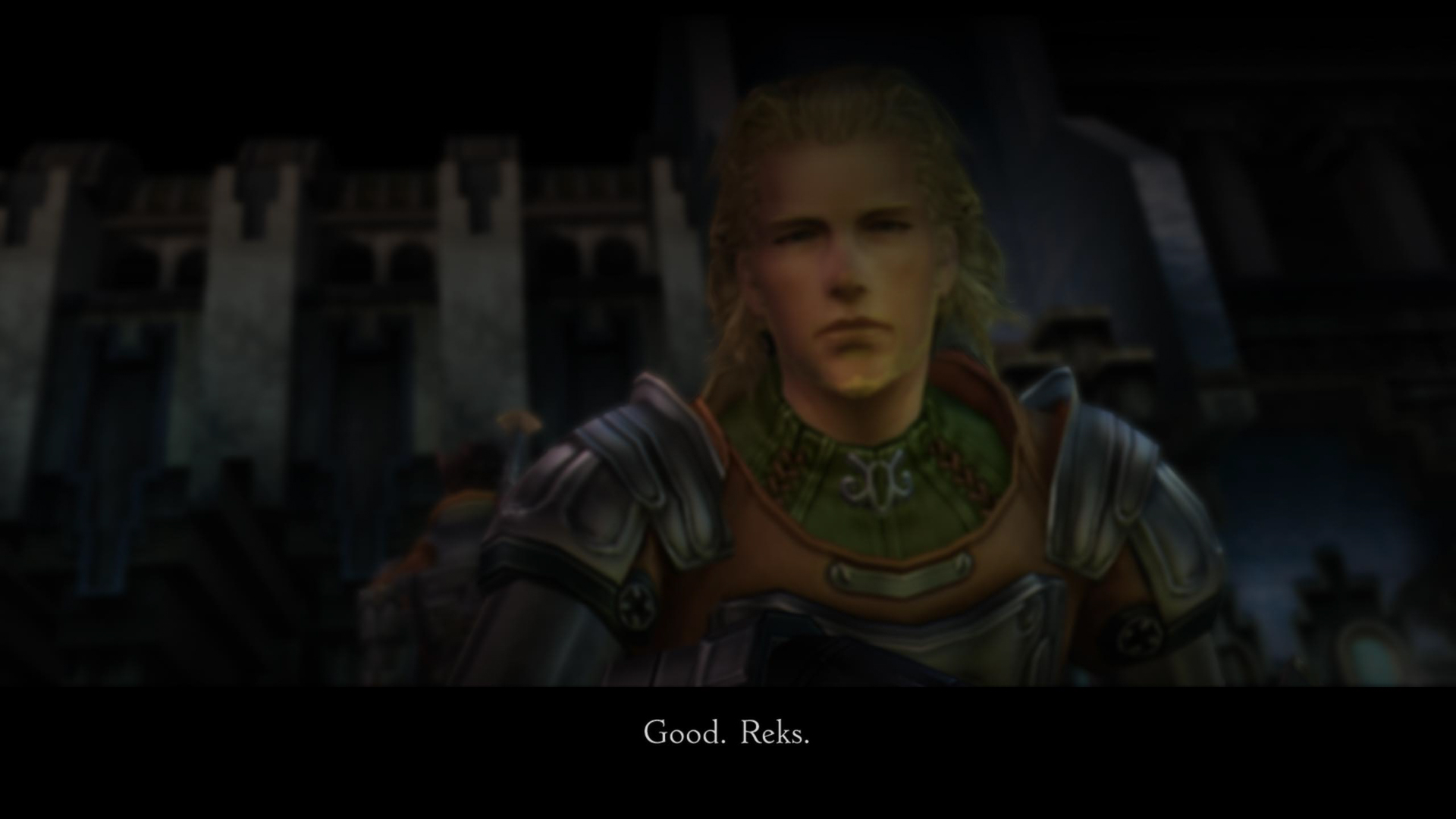



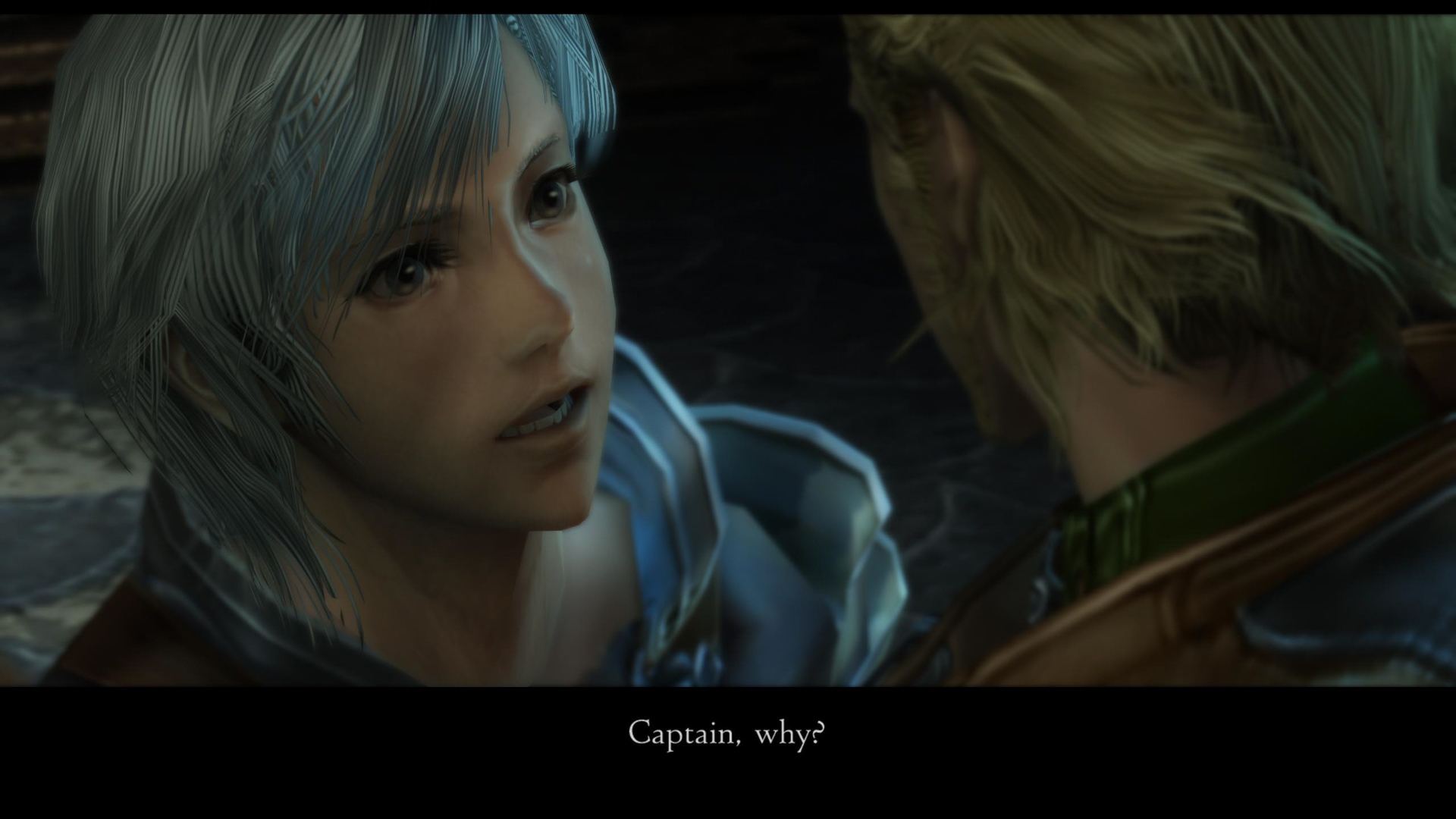









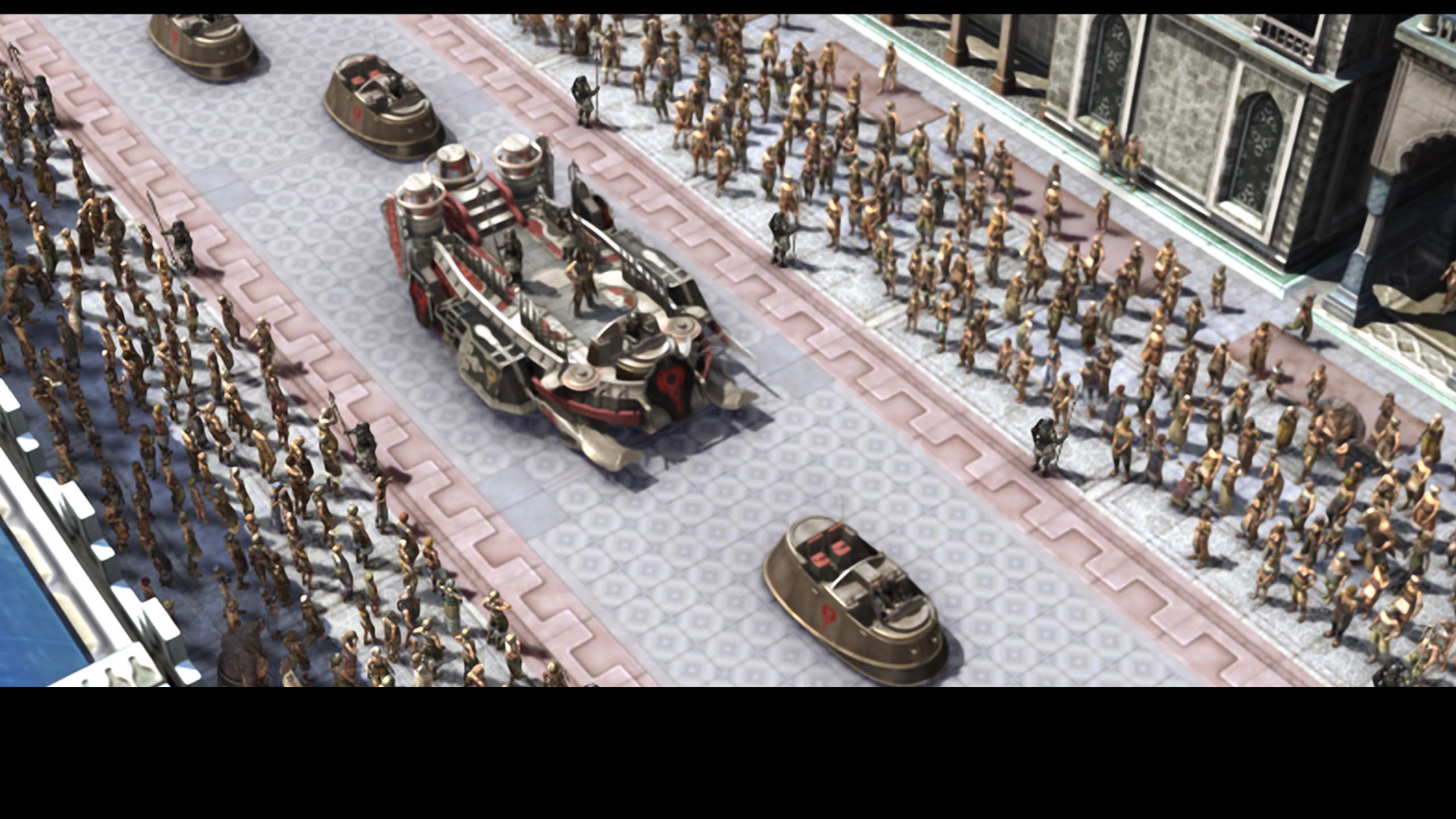





















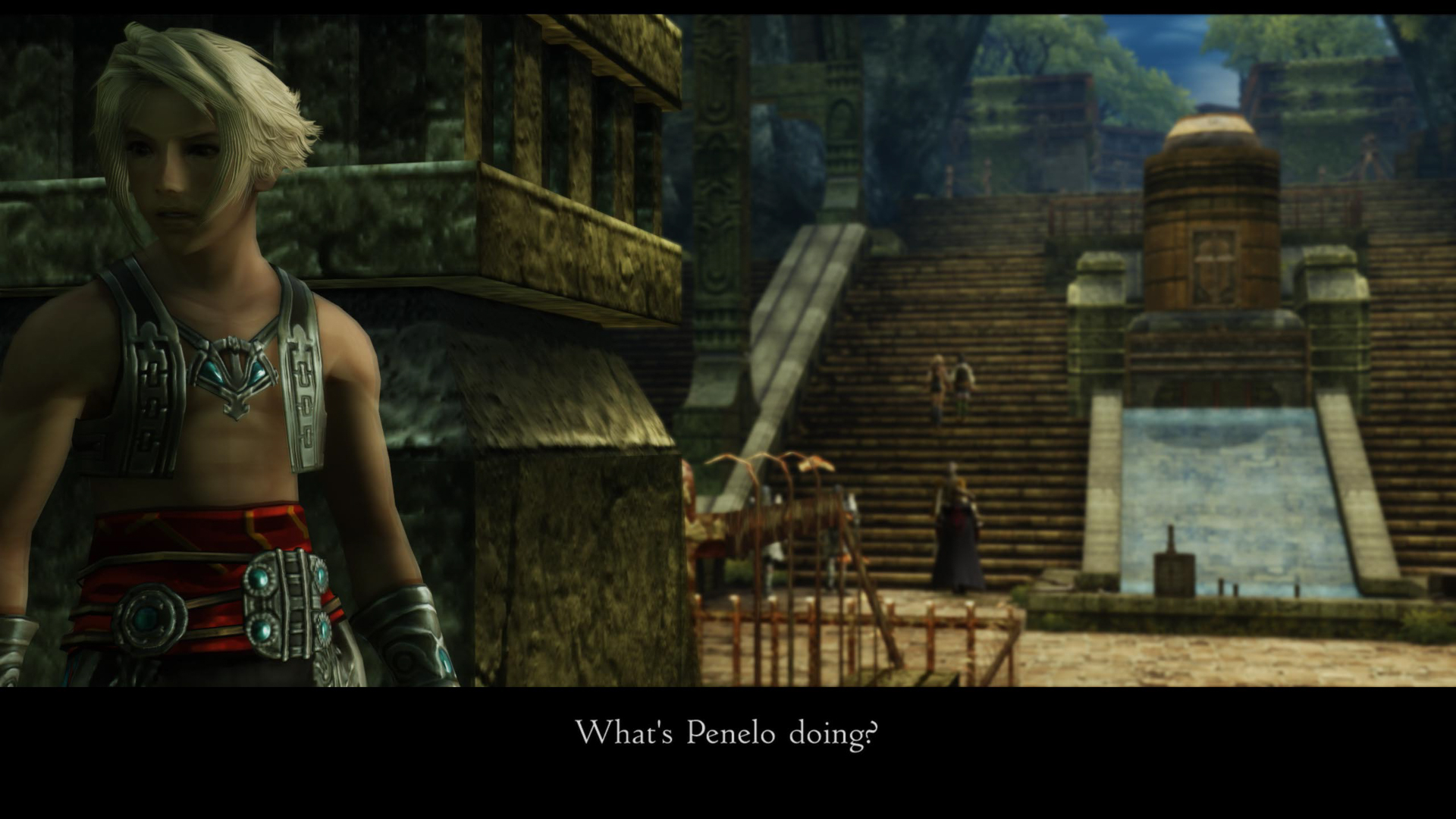






























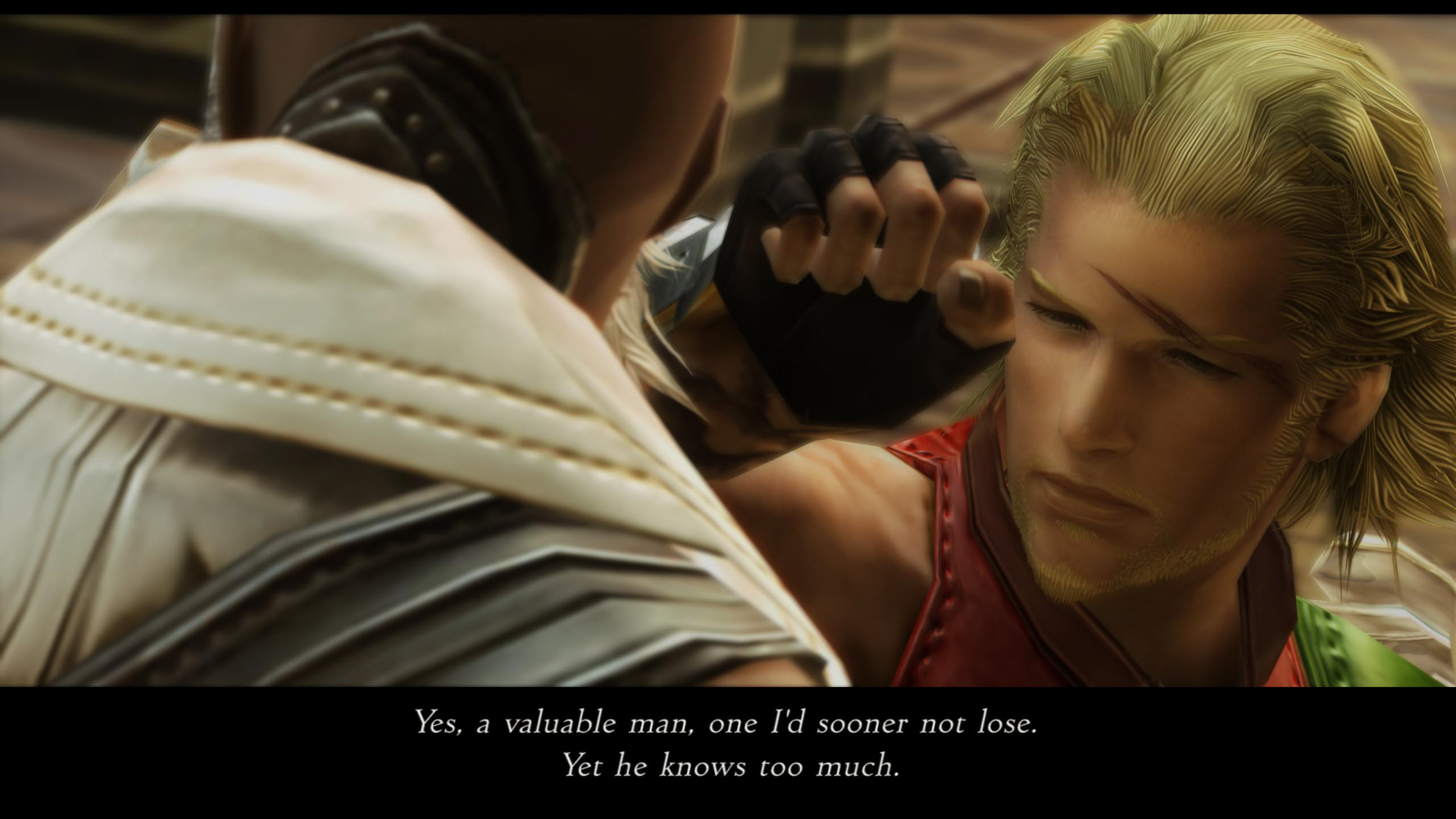






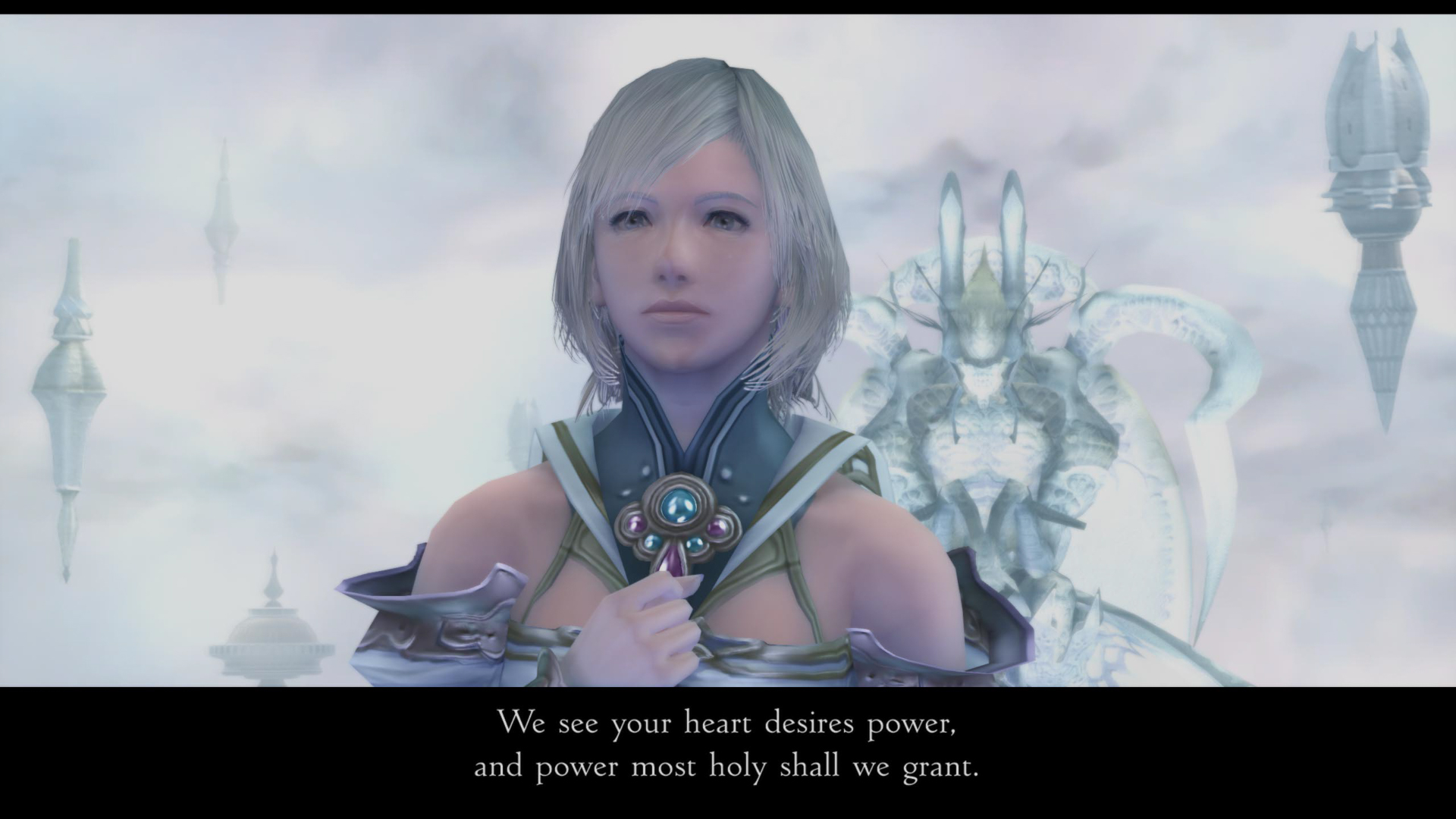
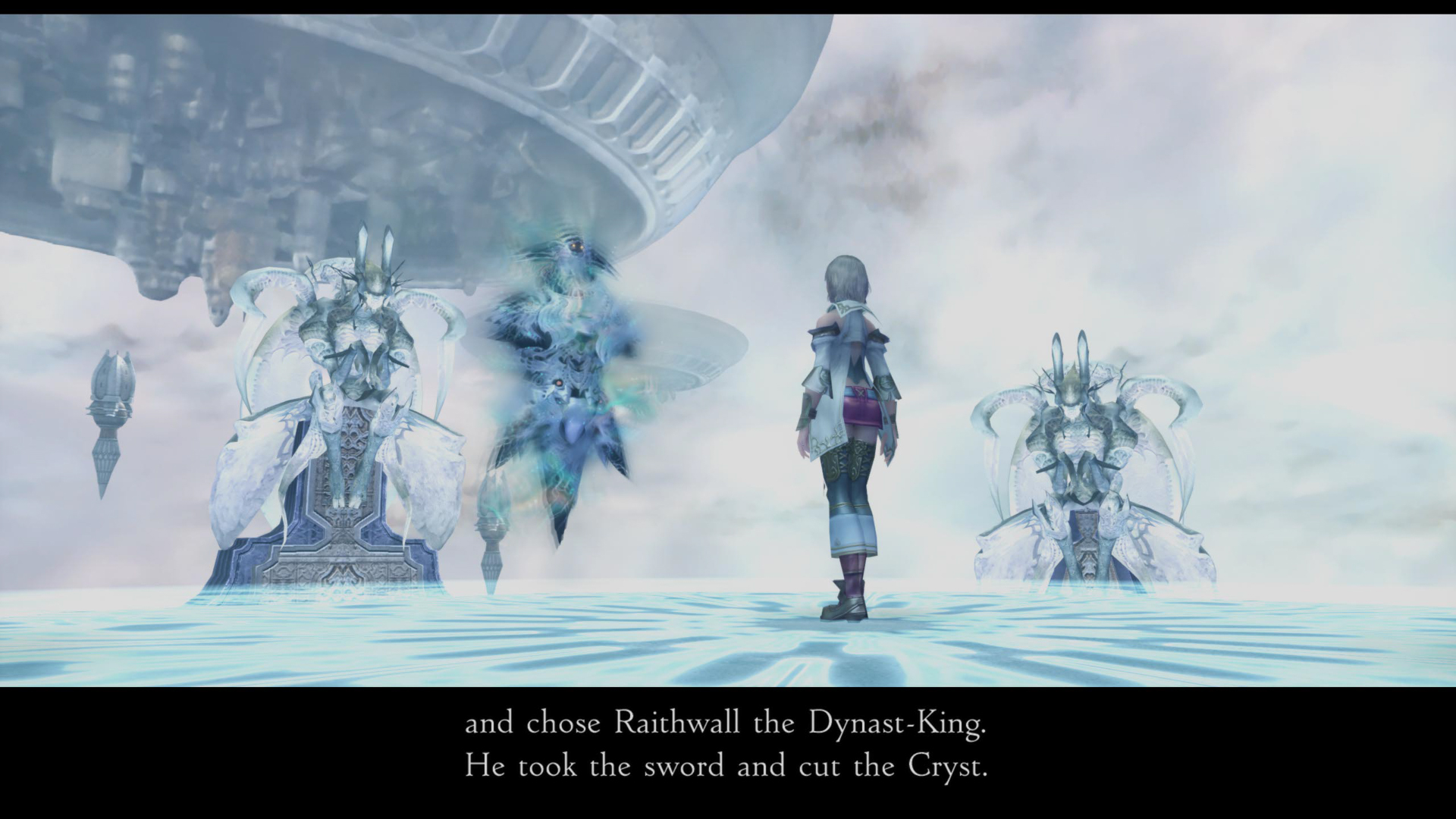





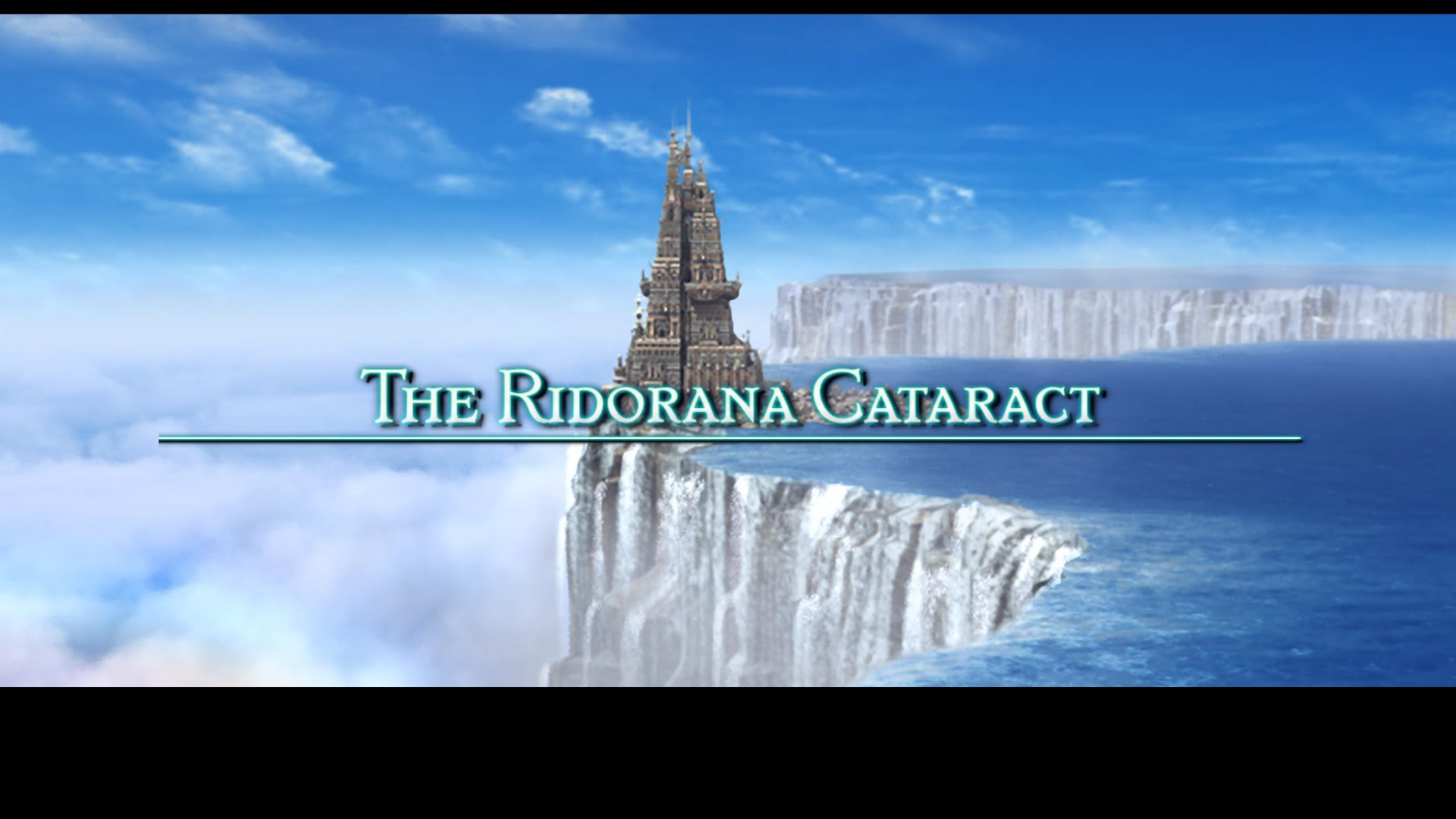

















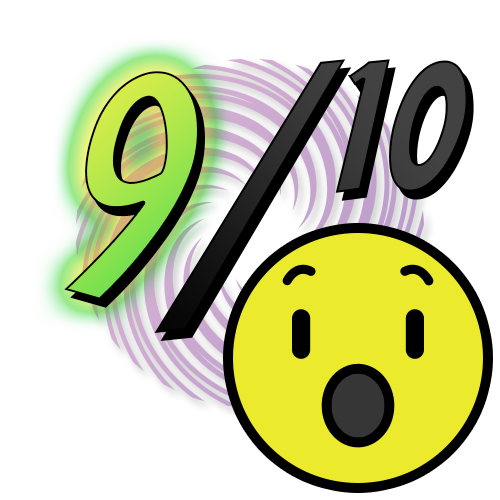



Leave a Reply